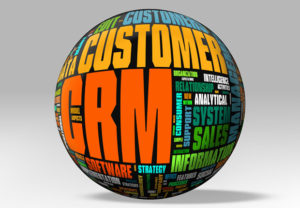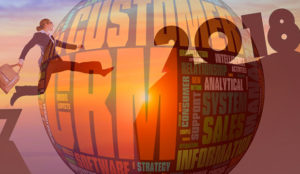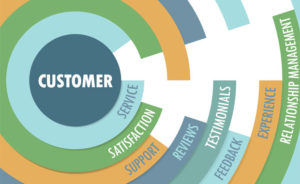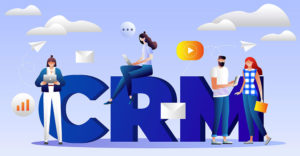This week, Salesforce used its annual Dreamforce mega-show to make a host of announcements, ranging from contact center partnership with Amazon to a smart speaker tool for sales.
For the most part, the keynote featured practical applications of Salesforce technology. Some Dreamforces focus on the highly aspirational; others focus on the ways to attain those aspirations. This year is the latter.
However, Salesforce did get very aspirational with the announcement of Customer 360 Truth. Last year’s event followed the Mulesoft acquisition, and the big idea was the unification of data across various cloud-based systems in something it called “Customer 360.”
The cloud has enabled companies to become profligate in their use of on-demand, easy-to-deploy applications, which started to silo and separate information — the exact issue that CRM was introduced to combat way back when companies lacked a single source of sales data.
This year Salesforce took that idea a step further. Customer 360 Truth aims not simply to aggregate that data but to organize it across sales, marketing, service, commerce and more. The goal is to create a complete view that reflects the reality of the customer at this moment, enabling the company to deliver a trusted, personalized, customized relationship with each customer.
The Fourth Wave
Applying technology to customer data for a more accurate understanding is not a new concept. More than a decade ago, InsideView began gathering information about customers, examining it, and presenting the pieces of data that were the most current. Even back then, the term “single source of truth,” or SSoT, was bandied about with enthusiasm.
Mark Benioff took that enthusiasm to the next level Tuesday by declaring that SSoT was the “Fourth Wave of computing.” That is dramatically overstating things. We’ve spent the last 35 years using technology to collect, collate and employ data about our customers. Data was scarce 35 years ago. Now we can collect a lot of it — and sure enough, it needs to be sorted. However, the fundamentals have not changed.
What I worry about is the term “single source of the truth,” and what it implies. In the context of a business, it means the most accurate data set in its possession. That is never going to be the sole source of truth about someone, or even the best source of truth. It just happens to be the source of truth your analytic systems have decided on, based on what your data collection systems have gathered. It’s useful — but be careful.
Getting to Know You – or Not
Every day, I am exposed to evidence that the “truth” about me, as understood by the data systems of various companies, bears very little resemblance to the actual truth (no quotes) about me. I regularly receive “targeted” ads on social media that are wildly off the mark: emails touting products similar to one-off purchases of gifts, or Halloween costumes bought for my daughter years ago, or direct mail asking for my support for causes that I’m diametrically opposed to.
These ads would suggest that I’m a Republican gun owner who wears lots of T-shirts and is really into Tinker Bell. That’s about as wrong as you can get it, and businesses waste lots of money on me believing it’s a real truth.
I’m sophisticated enough to know why these false indications exist: flaws in data collection, half-baked inferences about customers, sloppy data entry, and so on. This is where the concept of a SSoT can become derailed. No matter how much you invest in technology to pull data together, when you use faulty data to determine what is true, what you think is the truth will be faulty.
The other mistake businesses make is to believe they own the SSoT about customers. In reality, we each own the best SSoT about ourselves. However, data about people is much easier to manage and deal with than data from the people themselves. So businesses spend ever more money making educated guesses about their customers, doing increasingly complex digital detective work, and kidding themselves that their SSoT is a perfect reflection of reality.
Separating specious data from accurate data is important, but unless your processes ruthlessly eradicate spotty or off-base data collection, routinely challenge inferences and assumptions about what data means, and check in with customers to see if their truth is close to your truth, your single source of the truth could be your single biggest weakness.
























































